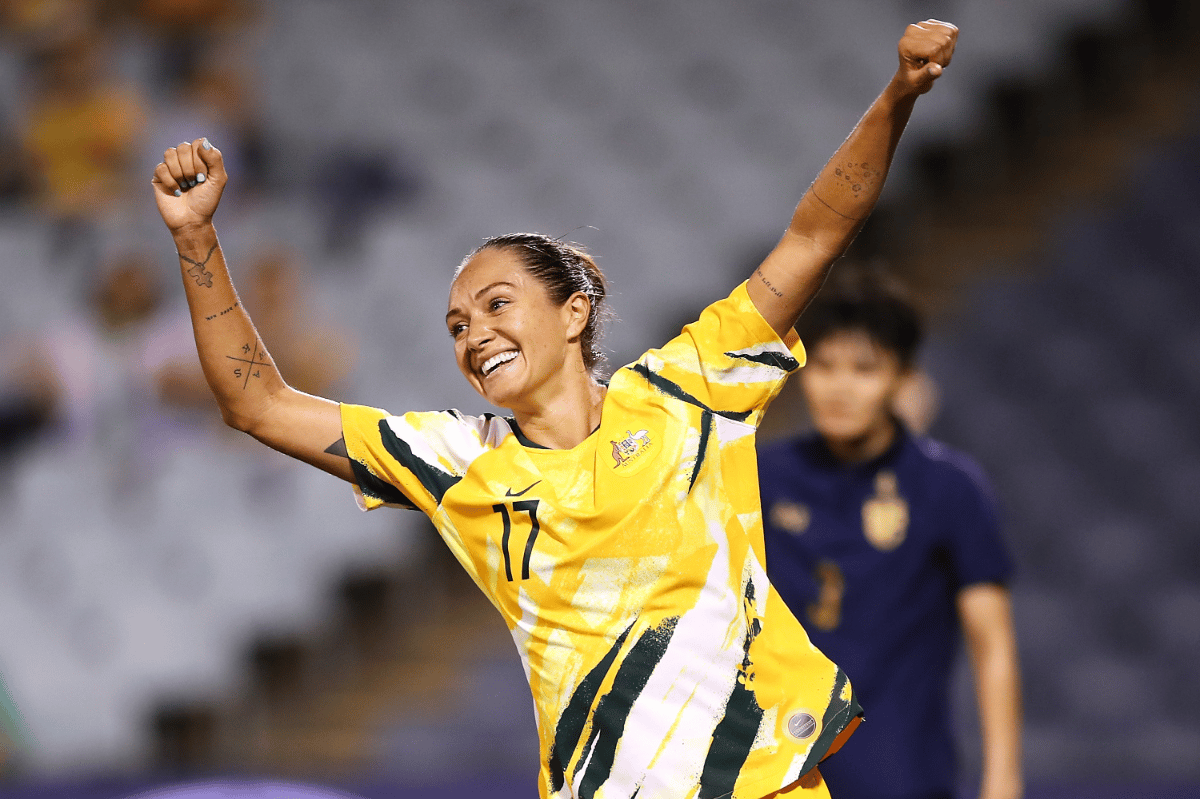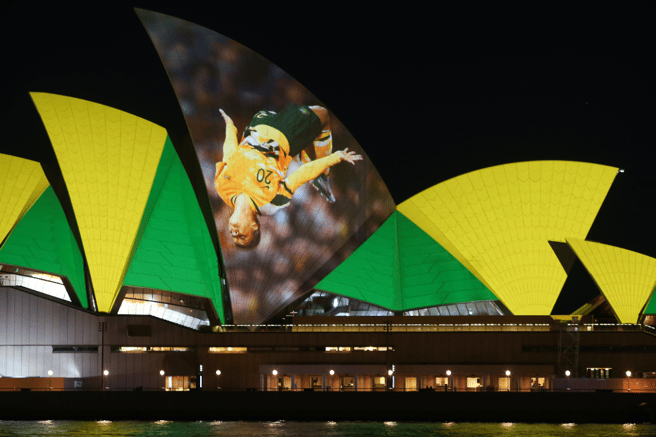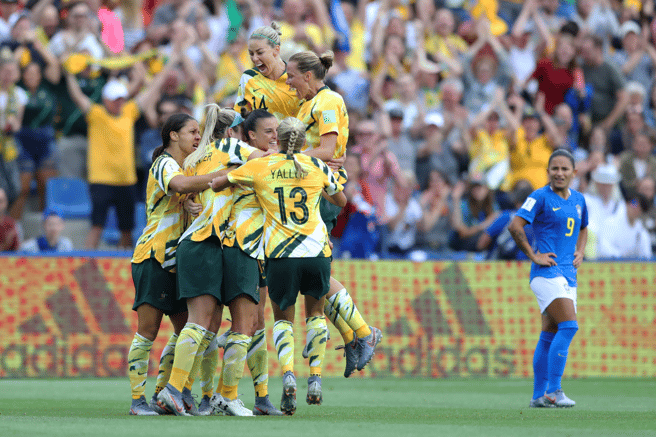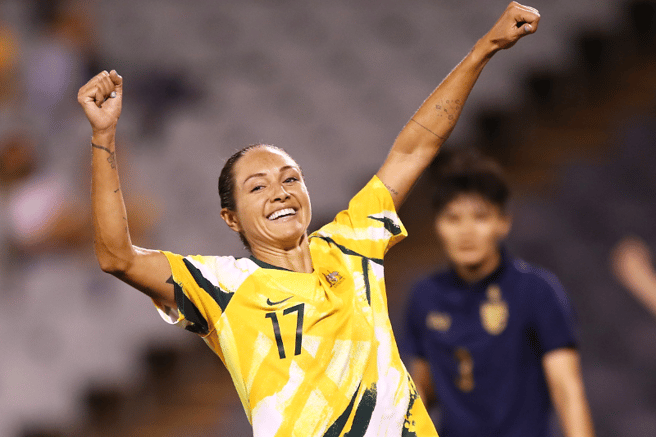
Australia and New Zealand will host the 2023 Women's World Cup, in a history-making decision announced by the FIFA Council in the early hours of Friday, June 26.
It will be a watershed moment for sport in Australia, signifying the great rise of women's football in recent years.
The FIFA Women's World Cup is the largest women’s sporting event in the world, bringing together 32 nations in 2023, and estimated to attract one billion television viewers globally.
Plus, a record 1.5 million spectators are projected to attend matches in Australia and New Zealand, as they celebrate some of the world's best footballers.
It will also be the first time a FIFA Women’s World Cup is hosted in the Southern Hemisphere.
WE DID IT! 🎉
— Westfield Matildas (@TheMatildas) June 25, 2020
WE ARE HOSTING THE 2023 @FIFAWWC!!!#AsOne



